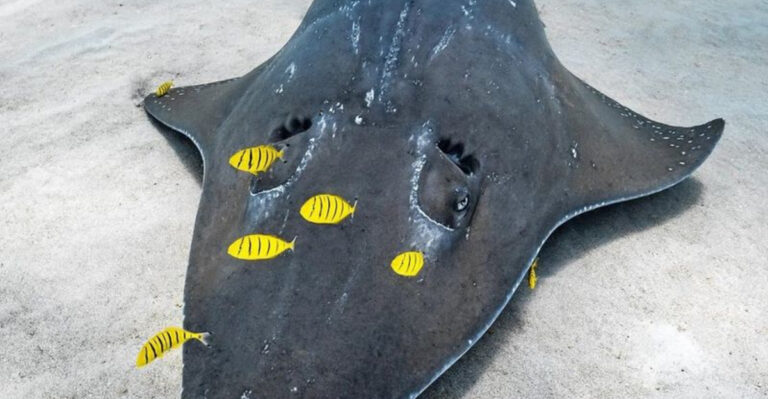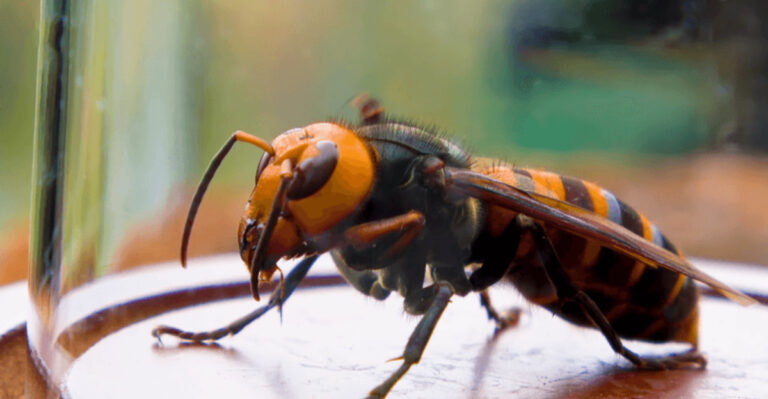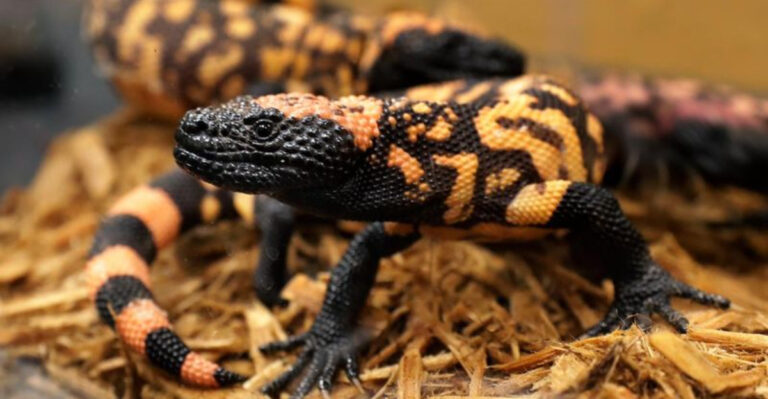15 Sea Creatures That Are Even More Terrifying Than Sharks
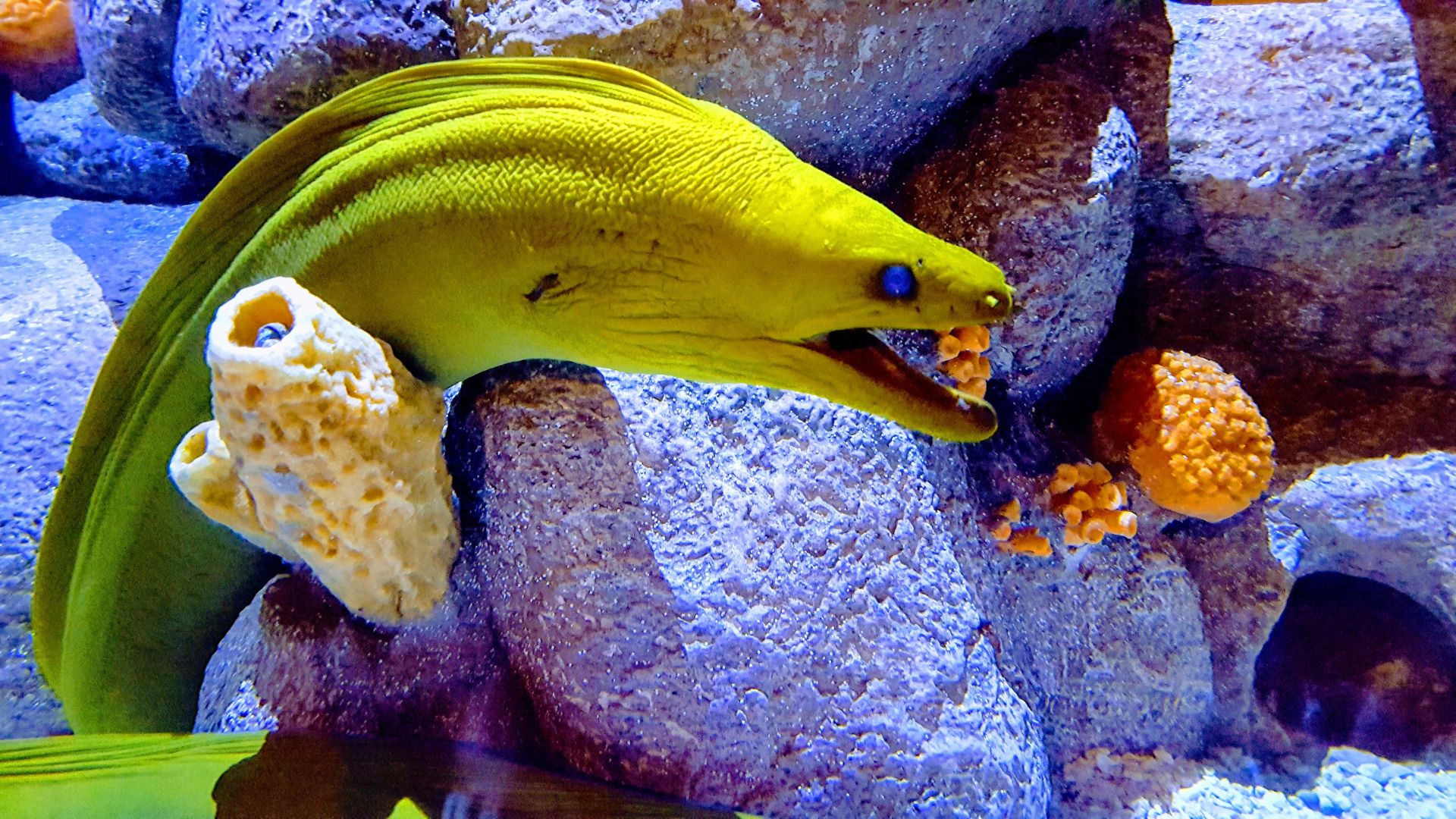
Sharks may be the ocean’s most infamous predators, but they aren’t the only creatures lurking beneath the waves that are capable of striking fear into the hearts of those who encounter them.
From enormous squids to venomous fish, the sea is home to a variety of terrifying creatures that often go unnoticed.
In this article, we’ll explore 15 sea creatures that are even more terrifying than sharks, showcasing the darker side of the deep.
1. Giant Squid
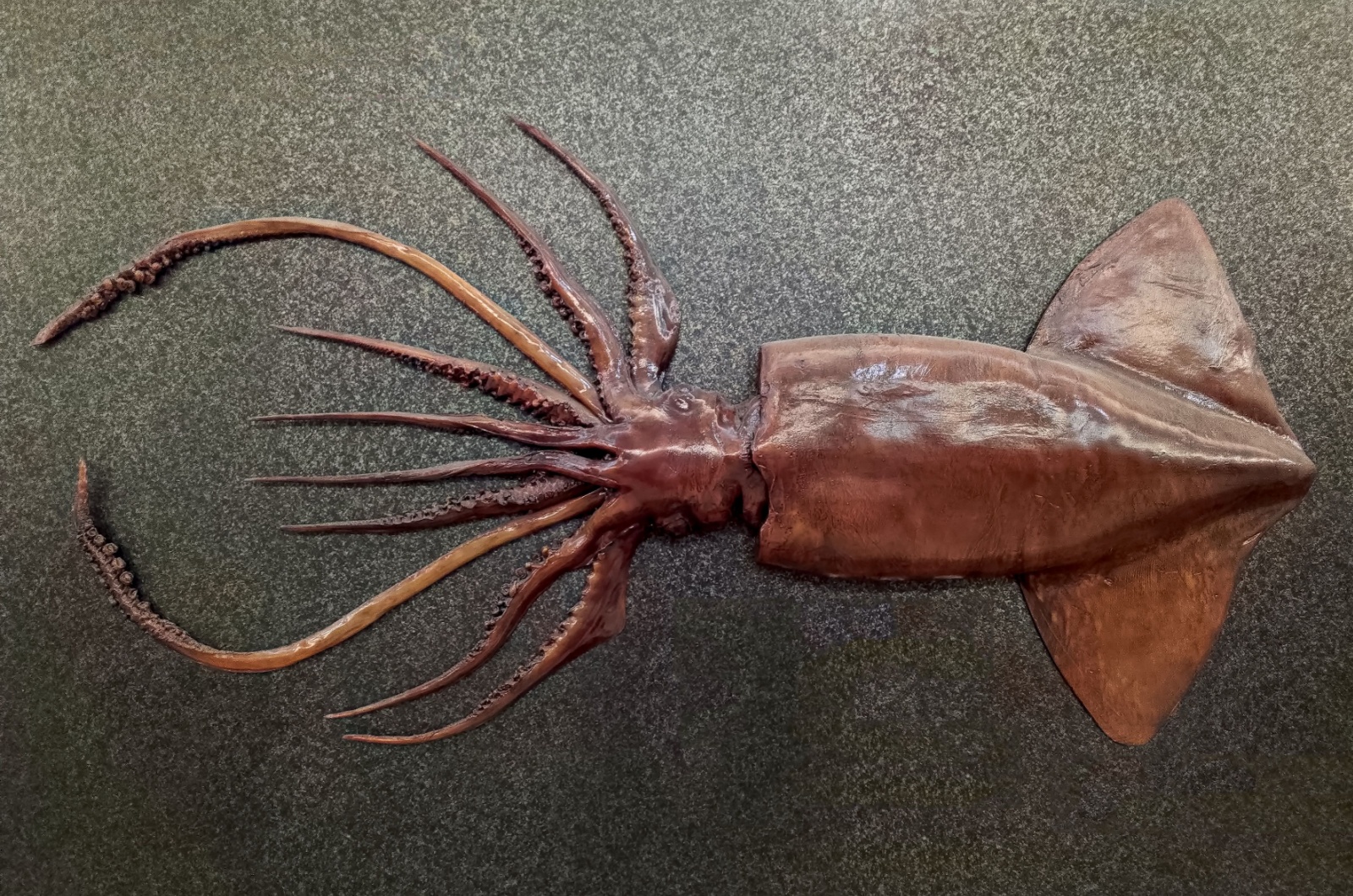
The giant squid is one of the ocean’s most elusive creatures, growing up to 40 feet with eyes the size of dinner plates and tentacles over 20 feet long.
Its sleek body and powerful suckers make it a formidable predator in the deep sea, where it thrives in near-total darkness. Though mostly avoiding human contact, the giant squid has inspired legends of ships being dragged into the abyss.
Rarely seen, it can pull large prey, including sharks, into the depths. This mysterious creature continues to intrigue scientists, maintaining its terrifying reputation due to its ability to remain hidden in the ocean’s depths.
2. Box Jellyfish
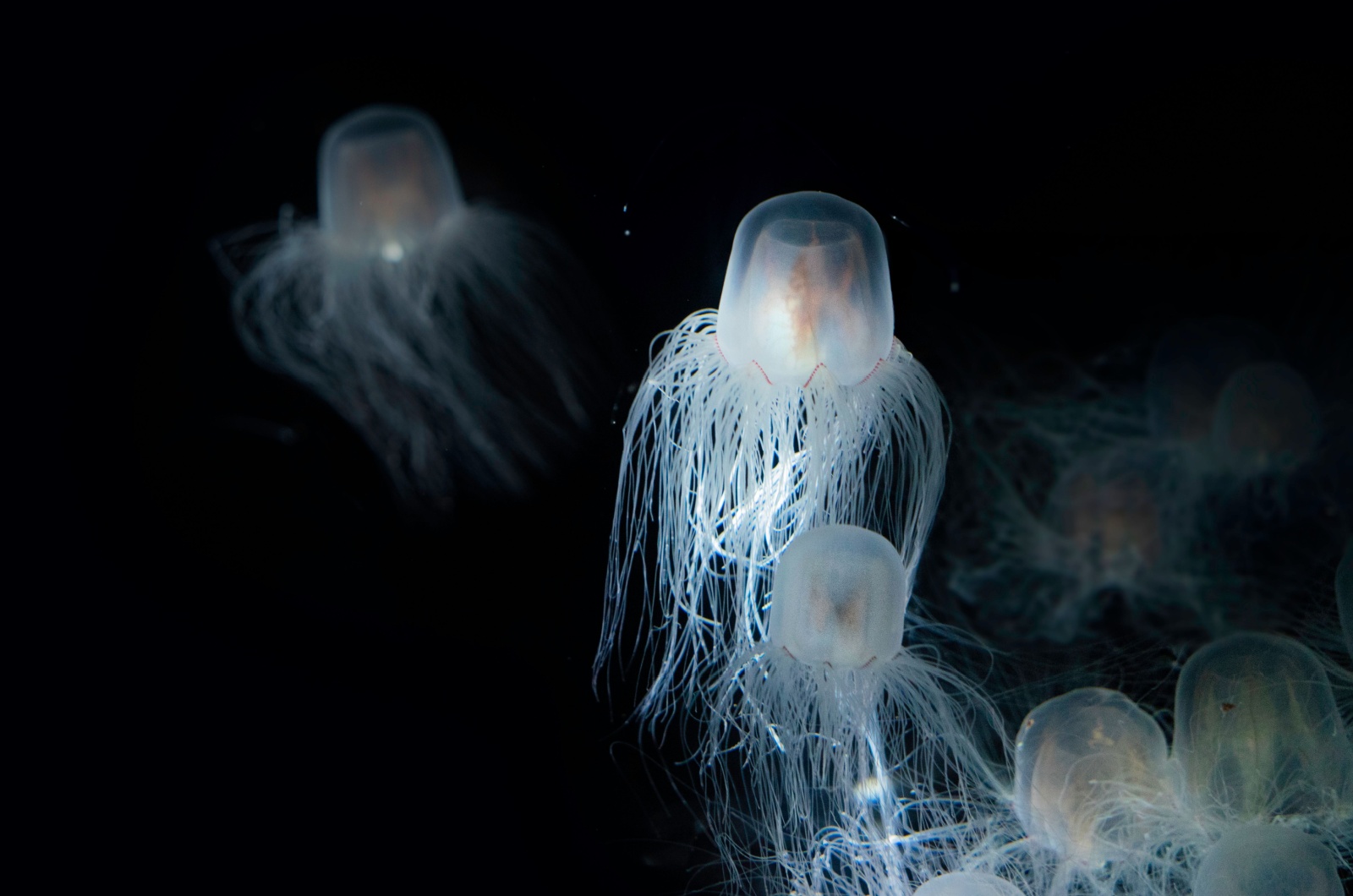
The box jellyfish is one of the ocean’s deadliest creatures, with a nearly invisible, translucent body and a sting powerful enough to induce heart failure in minutes.
Found mainly in the coastal waters of Northern Australia and Southeast Asia, it’s difficult to spot until it’s too late. Its tentacles, lined with venomous cells, can paralyze or kill its prey—and humans.
Despite its fragile appearance, the box jellyfish is a skilled predator, capable of swift movement and precise hunting. Its lethal sting makes it one of the most feared creatures in the ocean.
3. Goblin Shark
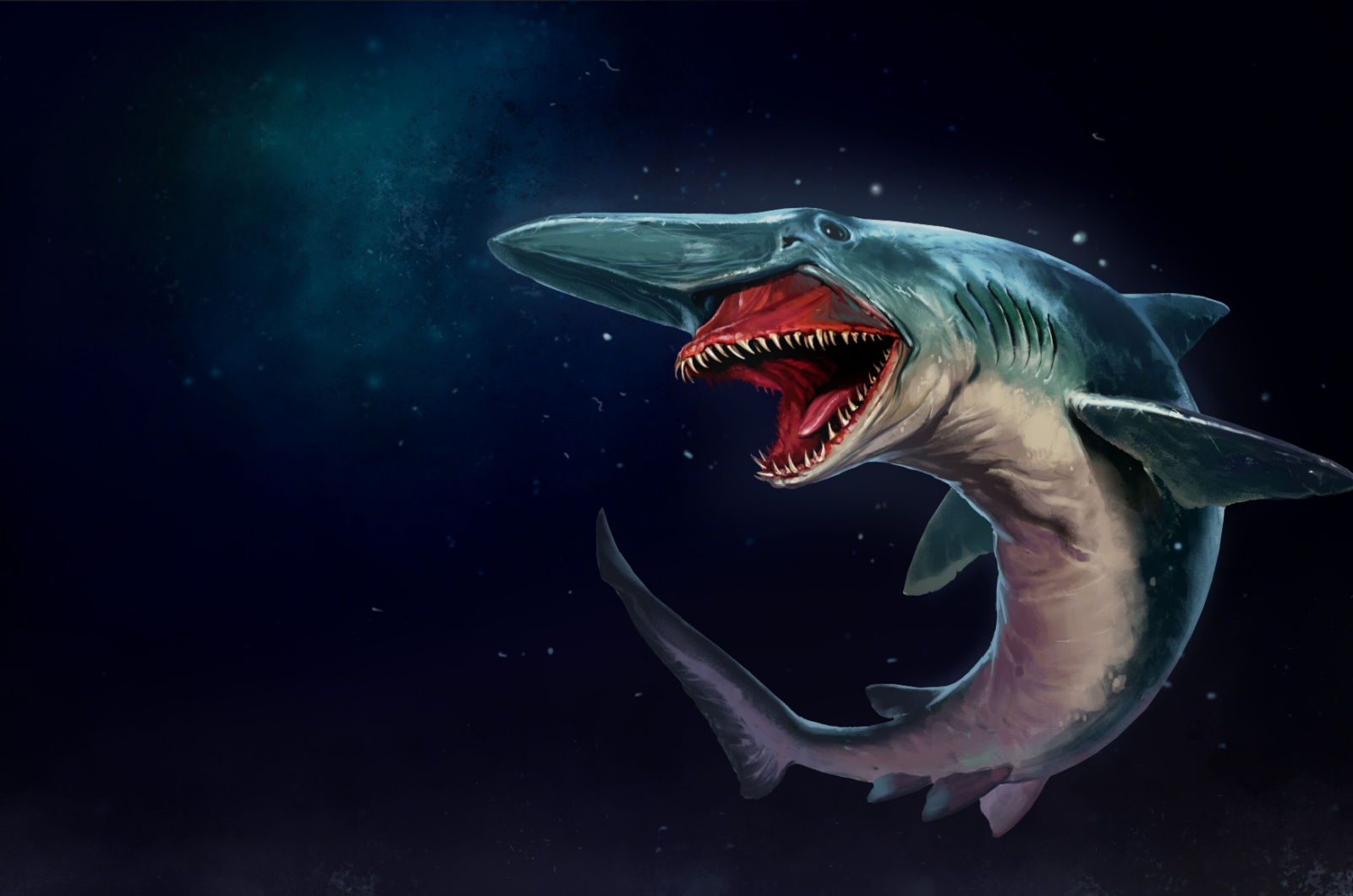
Known as the “living fossil,” the goblin shark is one of the most bizarre and terrifying creatures of the deep sea. With a long, flat snout and razor-sharp teeth, it looks like a nightmare come to life.
The goblin shark’s most unsettling feature is its ability to thrust its jaws forward at incredible speed to snatch prey. Its electroreceptors help it sense movements in the dark ocean depths, making it an effective hunter.
Despite its eerie appearance, the goblin shark is perfectly adapted to life in the deep, where it uses its unique features to thrive.
4. Anglerfish
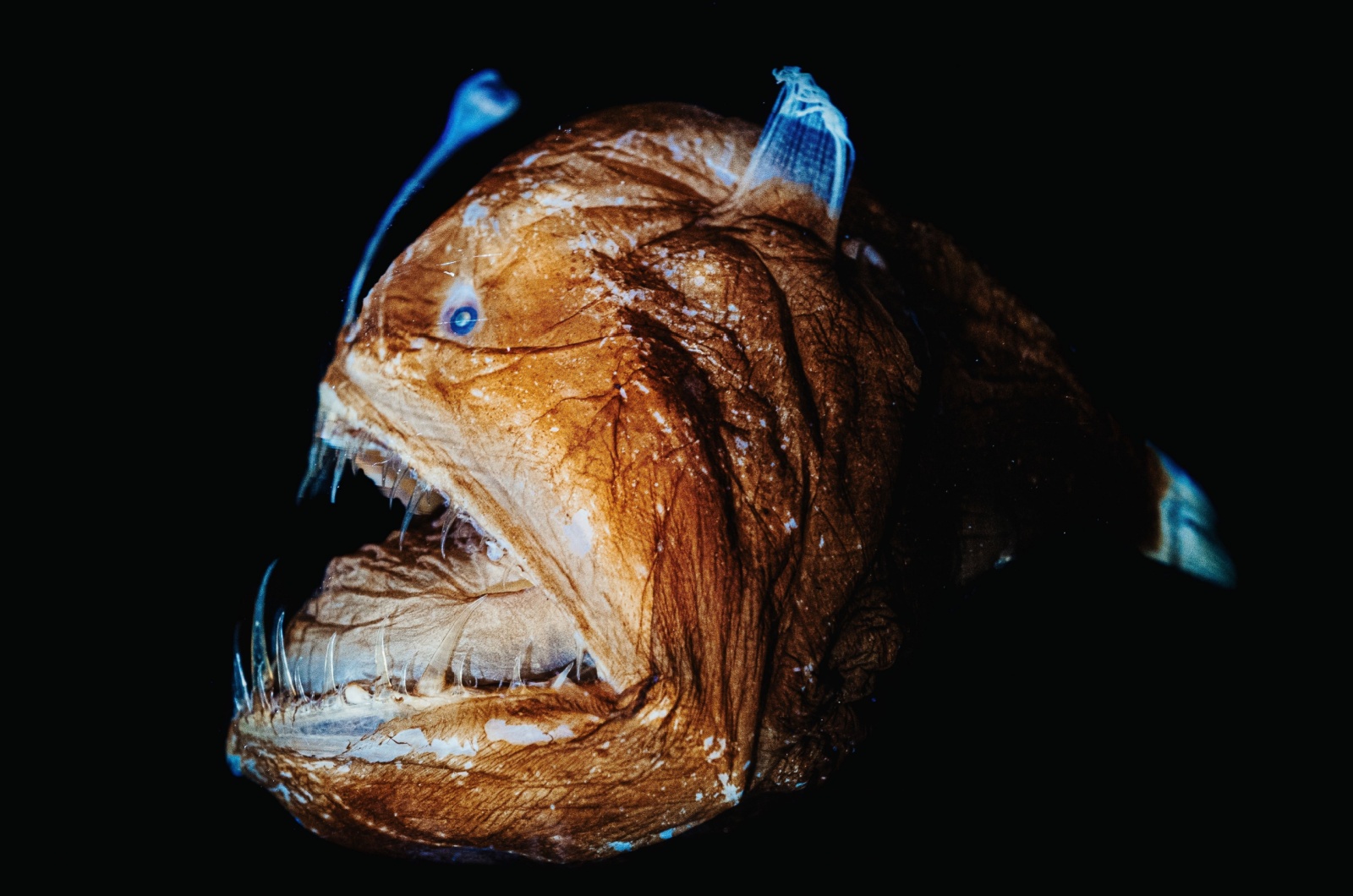
The anglerfish may not be large, but it’s one of the creepiest and most fearsome creatures in the deep ocean. Using a glowing lure called an “esca,” it attracts prey in the pitch-black depths.
The esca, a bioluminescent organ, hangs from a stalk on the fish’s head, resembling an underwater lantern. Its large, fang-like teeth and cavernous mouth make it even more intimidating, as it traps prey with deadly precision.
While not as big as other deep-sea monsters, the anglerfish’s terrifying hunting techniques and ability to thrive in darkness make it one of the ocean’s most effective and unsettling predators.
5. Stonefish
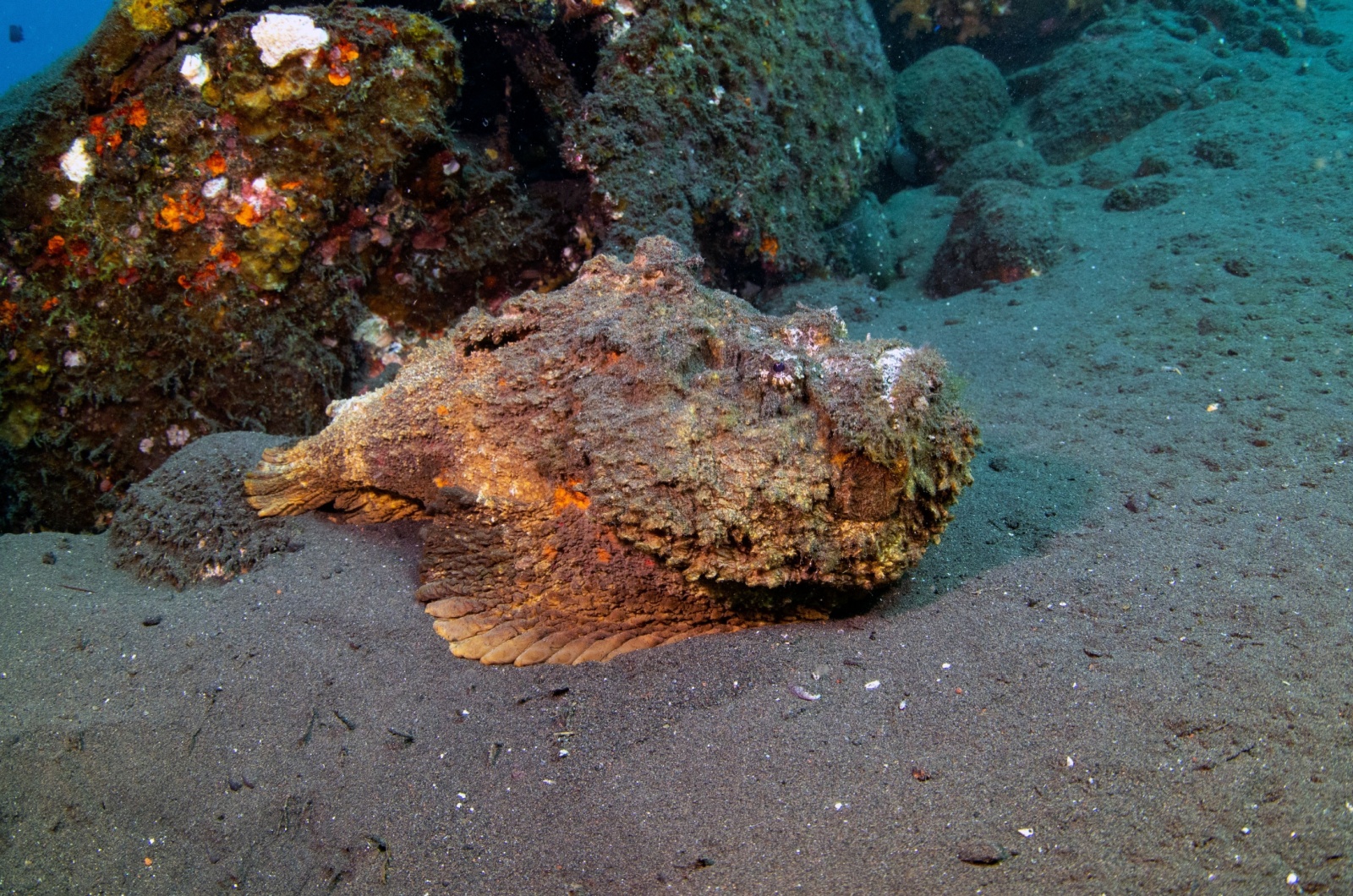
The stonefish is the most venomous fish in the world, capable of delivering a fatal sting if untreated. Perfectly camouflaged on the ocean floor, it waits motionless for prey, striking with lightning speed.
Its venomous spines cause intense pain, paralysis, and can even be fatal if stepped on by humans.
Known for surviving in diverse habitats like coral reefs and sandy seabeds, the stonefish is a fearsome predator in the shallow waters of the Indo-Pacific.
6. Cone Snail
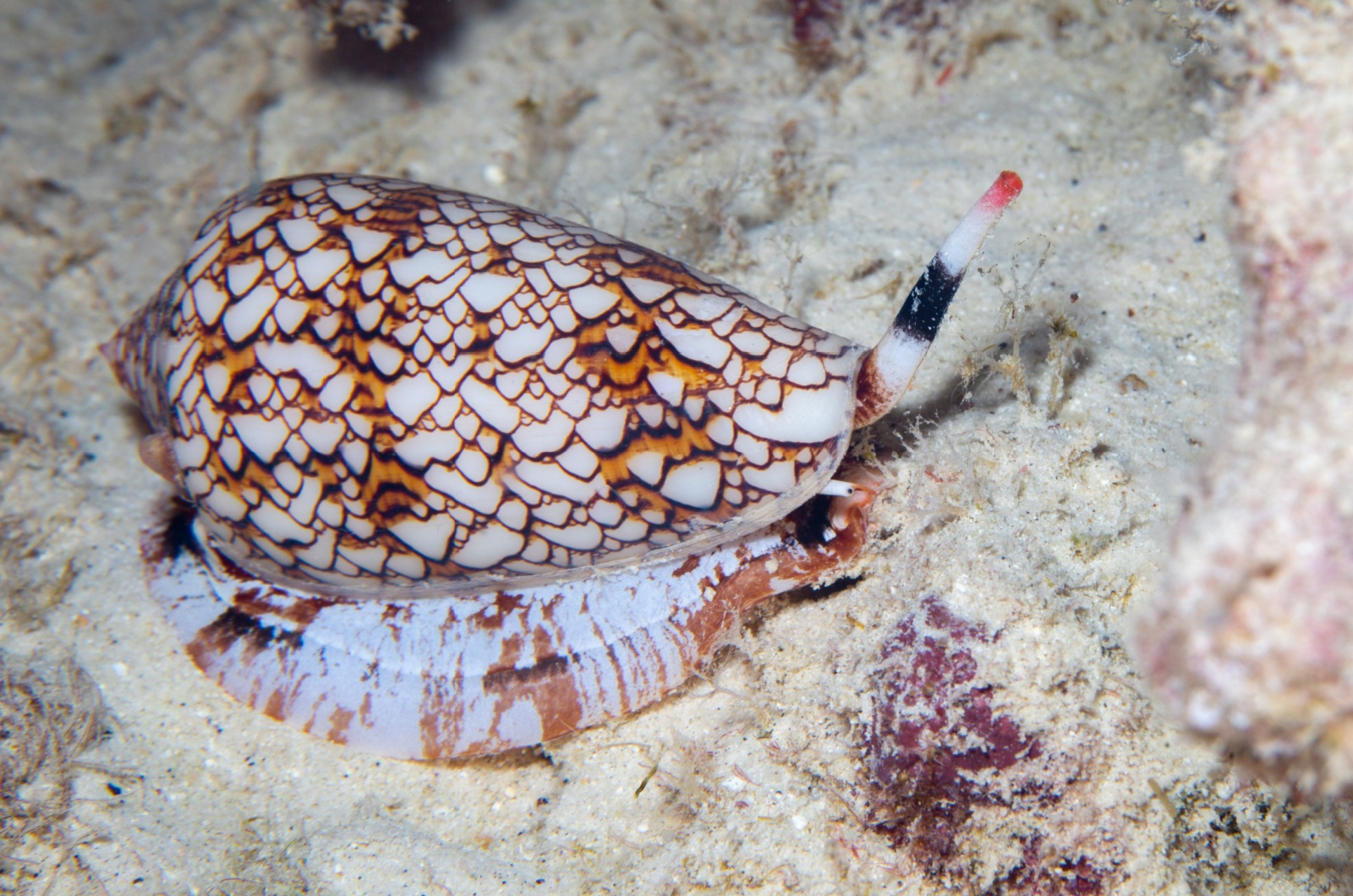
The cone snail, despite its beautiful appearance, is one of the most dangerous creatures in the ocean, armed with one of the most potent venoms on Earth.
It uses a harpoon-like tooth to inject venom with precision, capable of causing paralysis or even death. Camouflaged on sandy or coral reef beds, it ambushes prey with remarkable speed and accuracy.
While slow-moving, the cone snail’s lethal strike makes it a silent and effective predator in the ocean. Its venom can incapacitate prey and overwhelm even larger creatures, including humans, within hours.
7. Vampire Squid
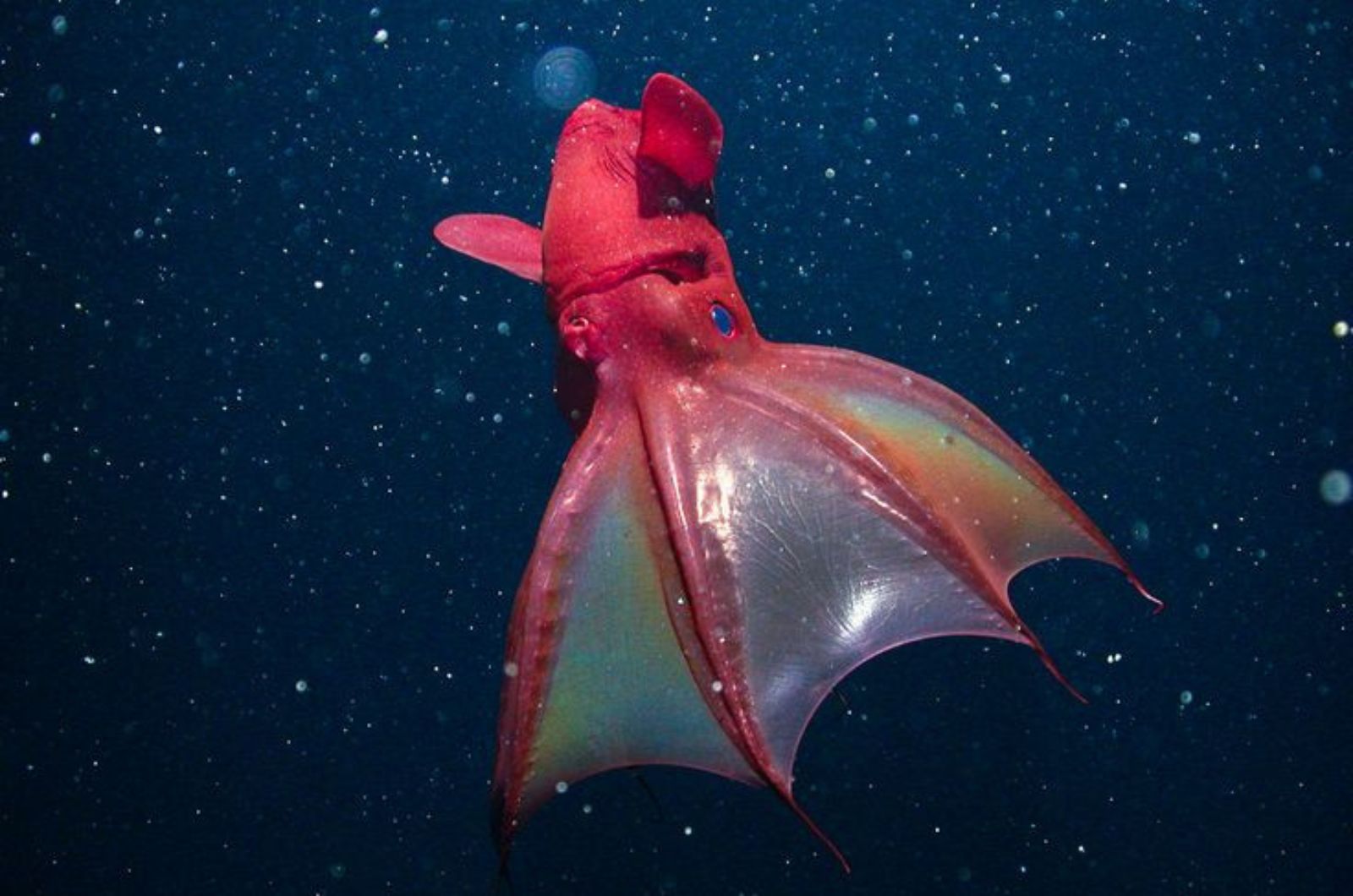
The vampire squid thrives in the dark, oxygen-poor depths of the ocean, where few creatures can survive. Despite its ominous name, it doesn’t drink blood but uses bioluminescence to create glowing clouds of light to disorient predators and escape danger.
With its large, glowing eyes and webbed arms, the vampire squid looks like something out of a supernatural thriller.
Its eerie, glowing display and ability to survive in one of the harshest environments on Earth make it one of the most fascinating—and unsettling—creatures of the deep.
While harmless to humans, its ghostly appearance is enough to send chills down your spine.
8. Deep Sea Isopod
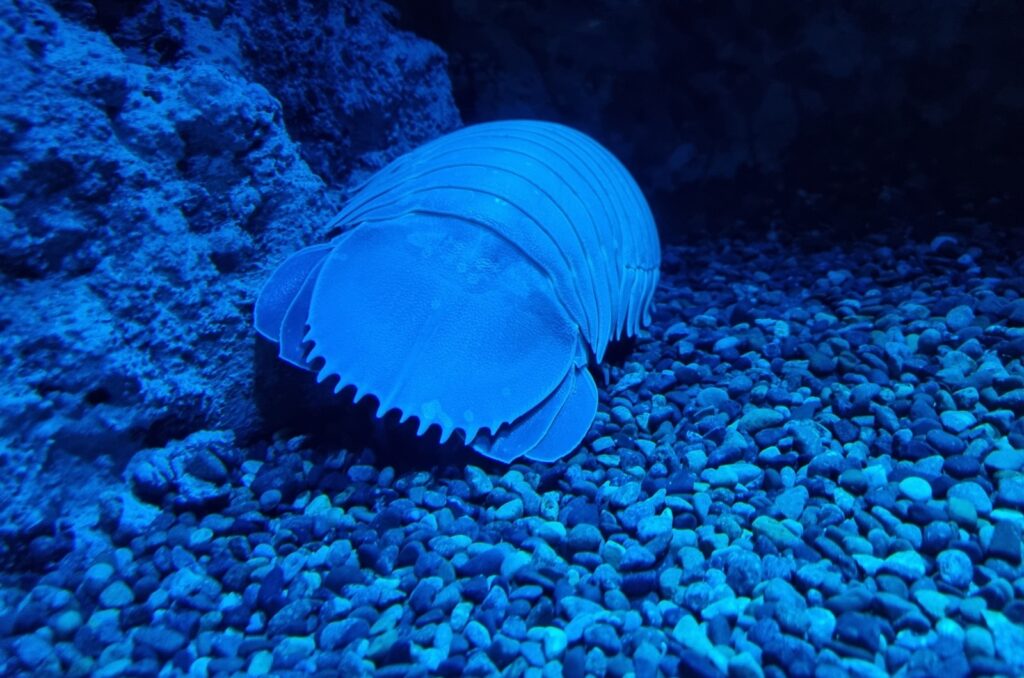
The deep-sea isopod is a monstrous crustacean that looks straight out of a nightmare, with its armored body, menacing claws, and prehistoric appearance.
Growing up to 2.5 feet long, it is one of the largest isopod species in the world. These scavengers live in the frigid, pitch-black depths of the ocean, feeding on carcasses they find in the abyss.
Their bulky exoskeletons help them withstand the immense pressure of the deep, and their powerful claws are perfect for tearing apart food.
Though intimidating in appearance, deep-sea isopods are simply adapted to one of Earth’s harshest environments, where survival is a constant struggle.
9. Mantis Shrimp
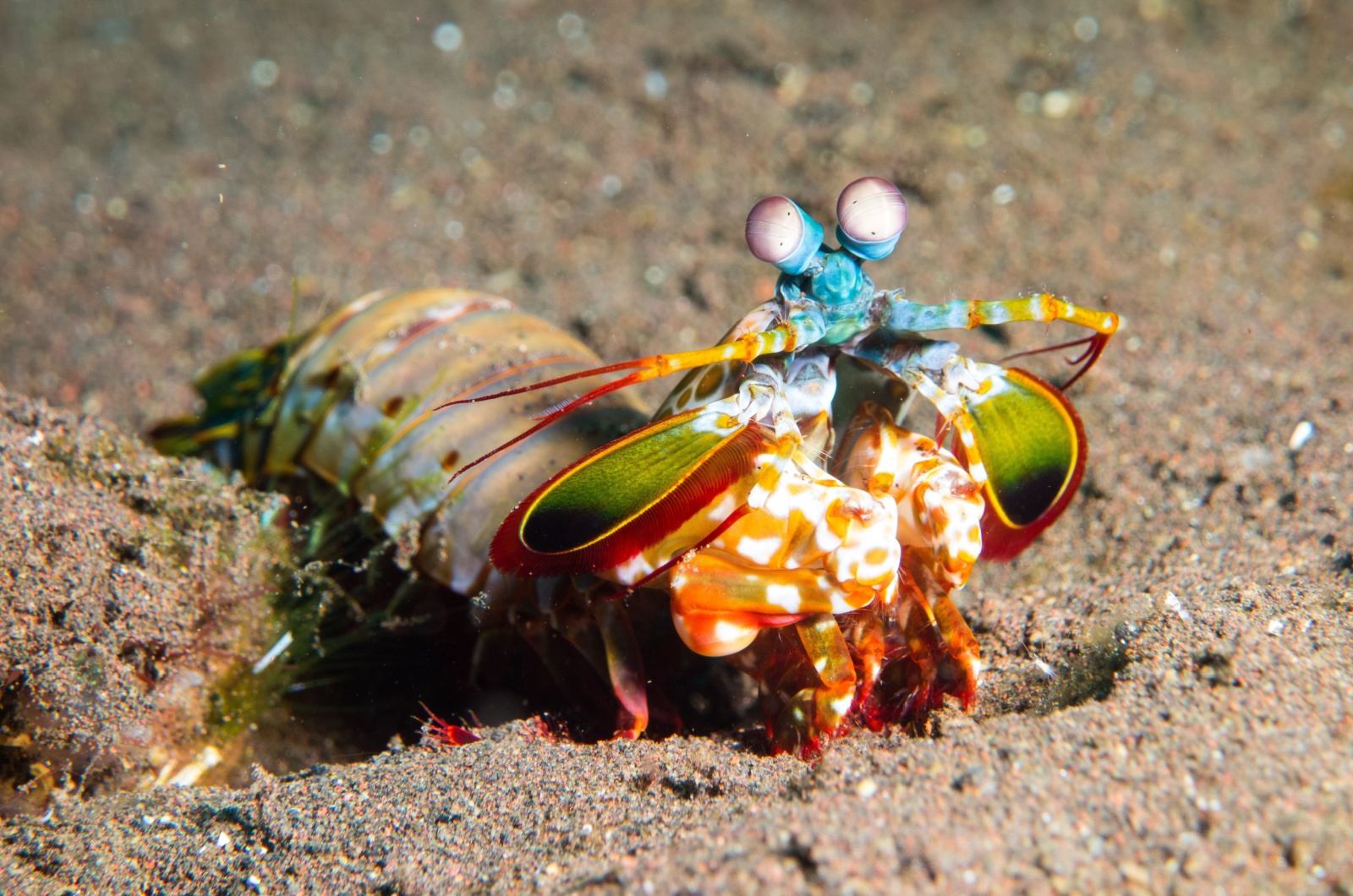
The mantis shrimp may be small, but it’s a mighty predator with a punch that can shatter aquarium glass and incapacitate prey instantly. Its strike, faster than a bullet, delivers incredible force, easily breaking the shells of crabs and clams.
Beyond its strength, the mantis shrimp has some of the most complex eyes in the animal kingdom, capable of seeing a broader color spectrum, including ultraviolet light and polarized light, giving it exceptional precision when hunting.
This combination of powerful strikes and advanced vision makes the mantis shrimp both a terrifying predator and an evolutionary marvel, showcasing the bizarre wonders of ocean life.
10. Leopard Seal

The leopard seal, often overshadowed by sharks, deserves recognition for its fierce, predatory nature. Found in the icy waters of Antarctica, these apex predators hunt penguins, fish, and even other seals.
With sharp, canine-like teeth and powerful jaws, leopard seals are skilled hunters, using speed and agility to outmaneuver their prey. They hunt alone, stalking and ambushing with deadly precision, making their strikes swift and often fatal.
Their ability to thrive in harsh Antarctic conditions and their aggressive hunting style make them one of the region’s most feared predators.
11. Electric Eel
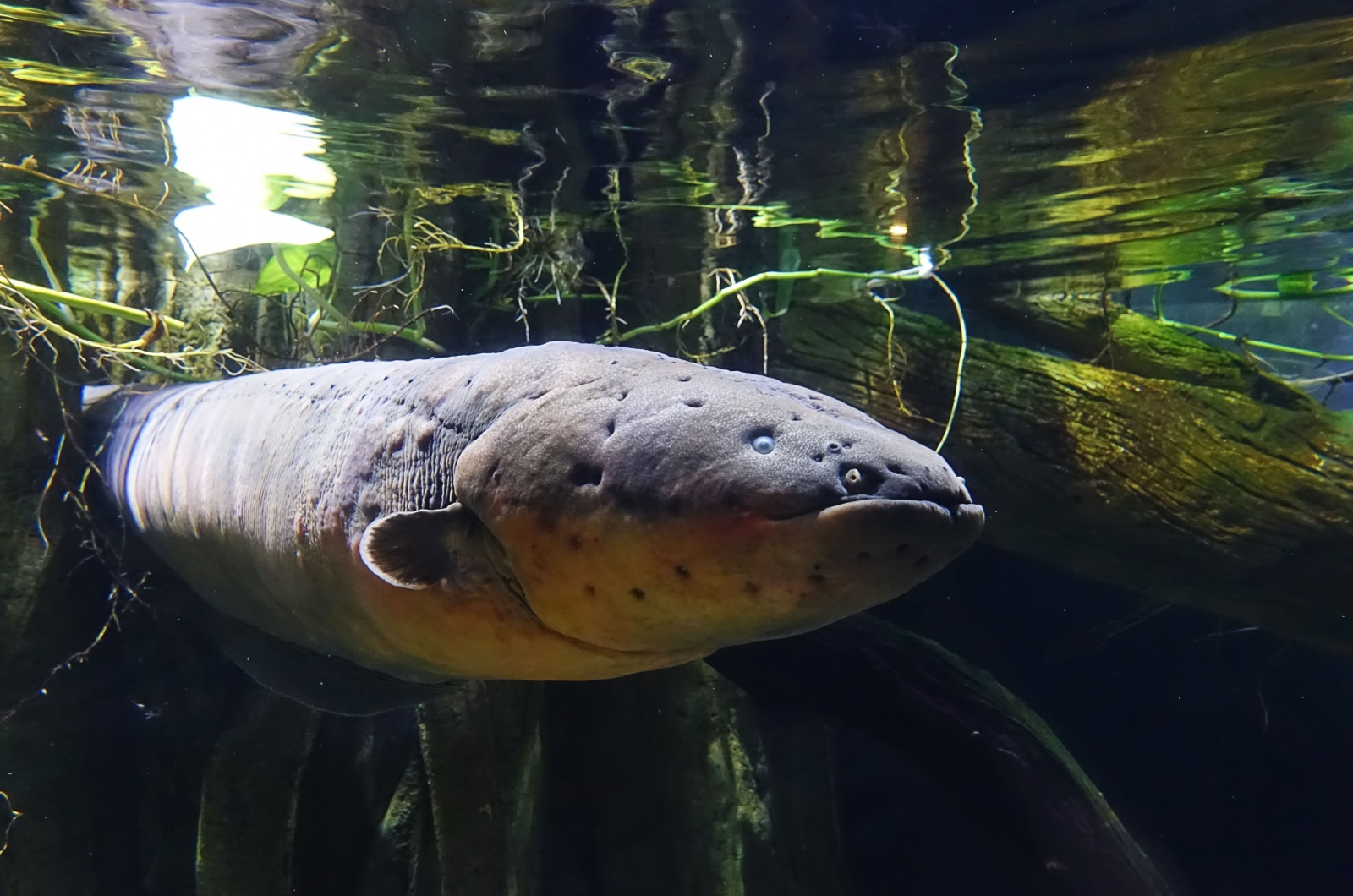
Electric eels are one of nature’s most electrifying creatures, capable of generating up to 600 volts—enough to stun prey or defend against predators.
Found in South America’s murky waters, they use this electrical shock to hunt fish and navigate. Their body contains specialized cells called electrocytes, which release energy in a coordinated manner.
These shocks paralyze small fish, making them easy to capture, but electric eels also use them for self-defense against larger threats.
They can deliver multiple jolts in quick succession, making them a constant danger to intruders and prey. Their ability to wield electricity for offense and defense makes them a truly terrifying creature.
12. Lionfish
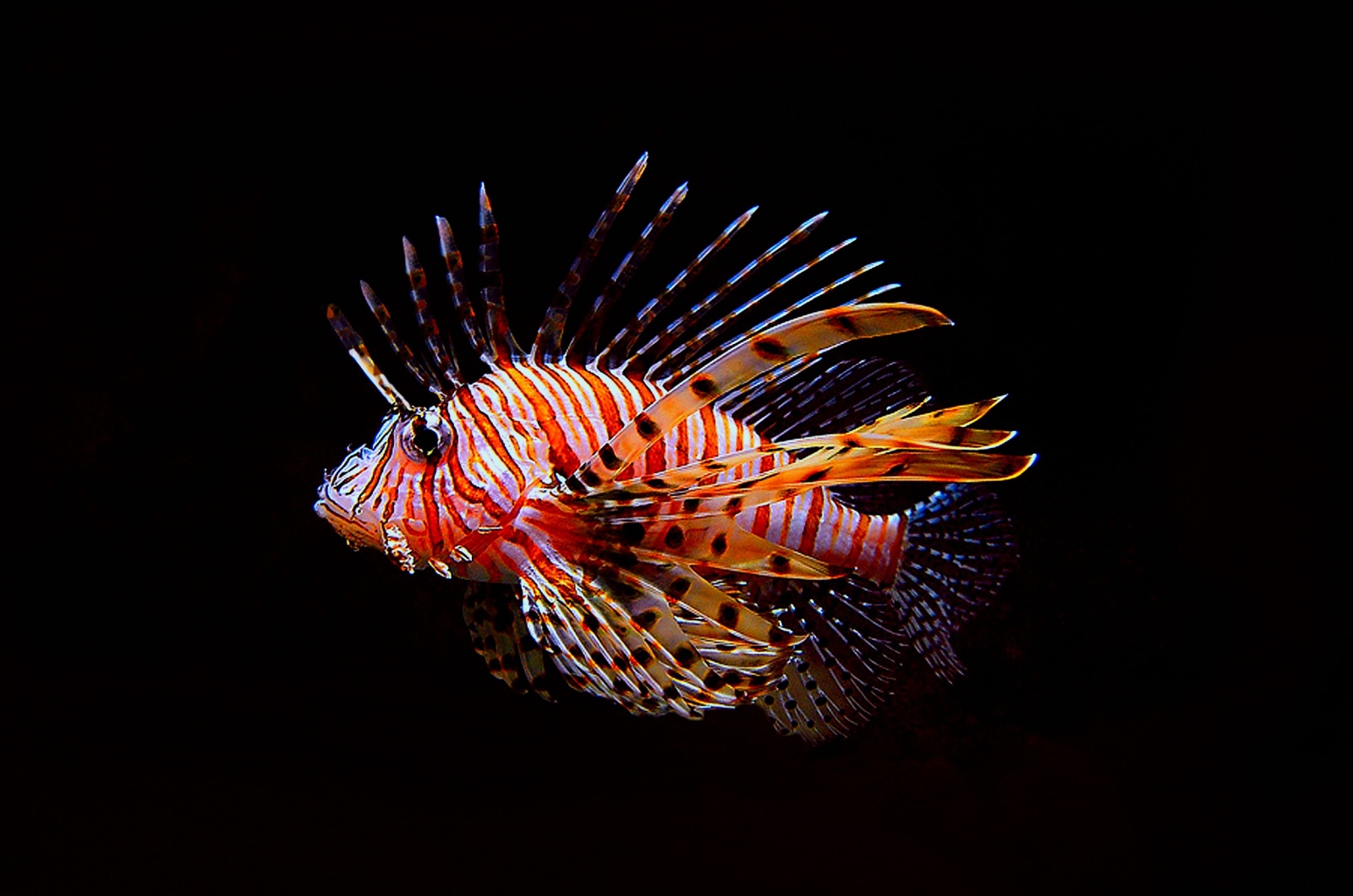
Source: Shutterstock
The lionfish, with its striking appearance, is far more dangerous than its beauty suggests. Found in tropical waters, this invasive predator possesses venomous spines capable of delivering excruciating pain, nausea, breathing difficulties, and even heart failure.
Unlike sharks, which rarely attack humans, lionfish can harm simply through accidental contact, such as a diver brushing against them.
Their venomous sting is both a defense mechanism and a warning to potential threats. Additionally, as an invasive species, lionfish are wreaking havoc on coral reef ecosystems, disrupting marine biodiversity far more effectively than any shark ever could.
13. Blue-Ringed Octopus
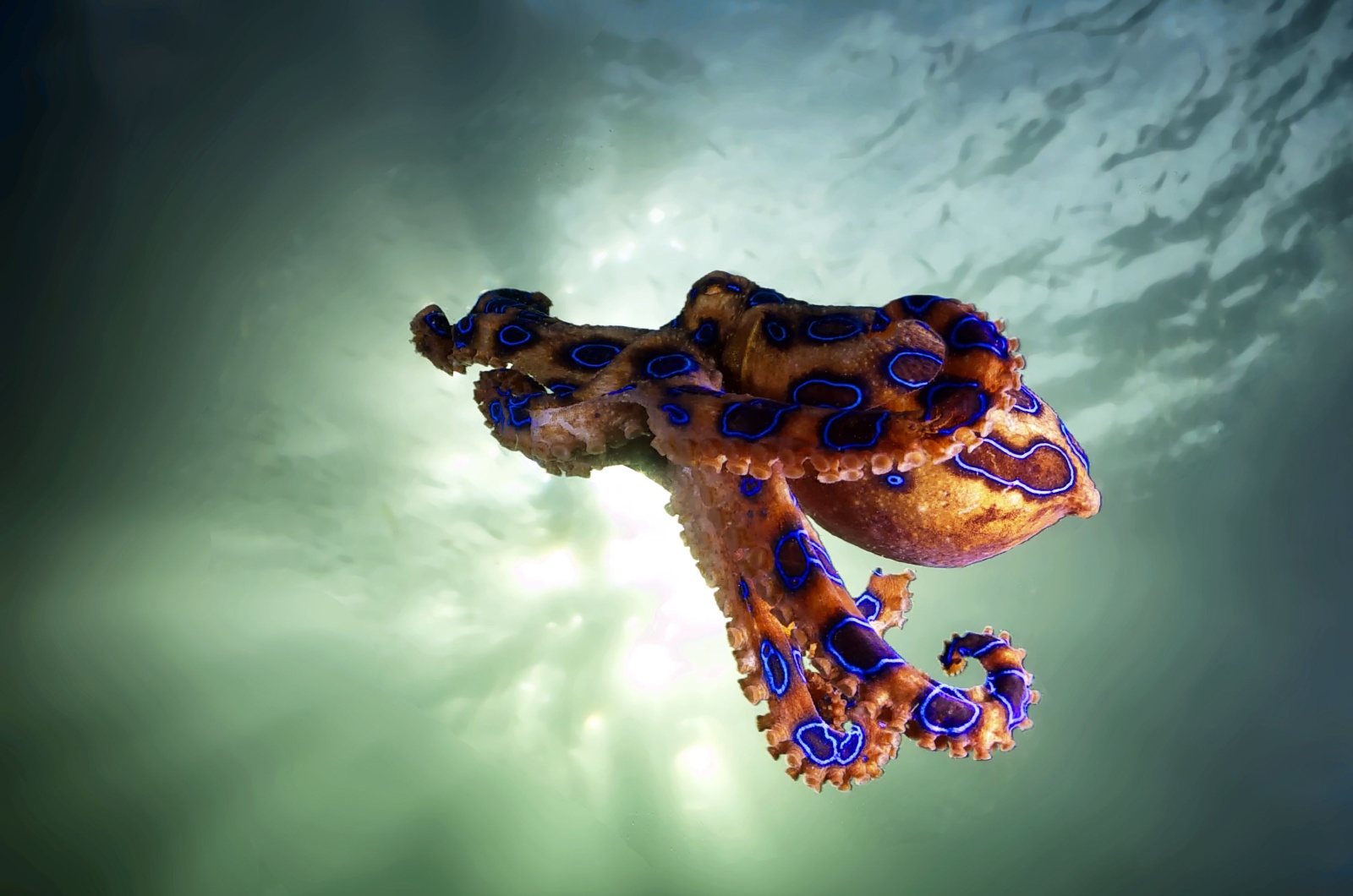
Source: Shutterstock
Despite its small size, the blue-ringed octopus is one of the most venomous sea creatures, far deadlier than sharks.
Its bite delivers a potent neurotoxin that can paralyze and kill a human within minutes, with no known antidote. Unlike sharks, which are large and visible, the blue-ringed octopus’s small size and vibrant, mesmerizing rings make it deceptively easy to overlook—until it’s too late.
14. Barracuda
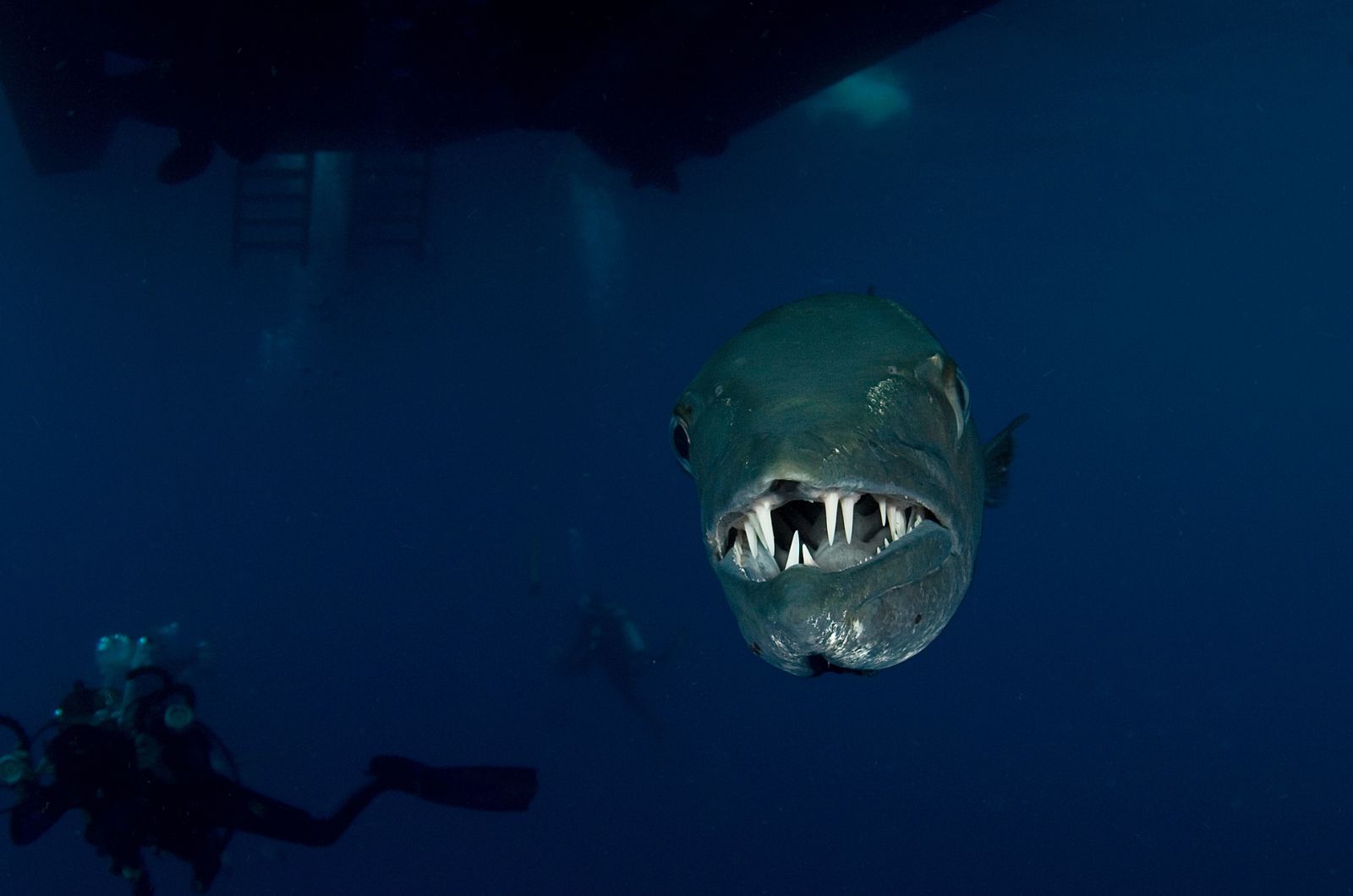
The barracuda is a sleek, predatory fish known for its lightning-fast strikes and sharp teeth. With their long, streamlined bodies, barracudas can reach incredible speeds, making them skilled hunters in the open water.
They are known to attack in quick, ambush-style bursts, often targeting smaller fish and sometimes even larger prey.
Despite their speed and power, barracudas are also drawn to shiny objects, which can make them unexpectedly aggressive toward anything that catches their eye.
Their intimidating appearance and ruthless hunting tactics place them among the ocean’s most dangerous creatures.
15. Moray Eel
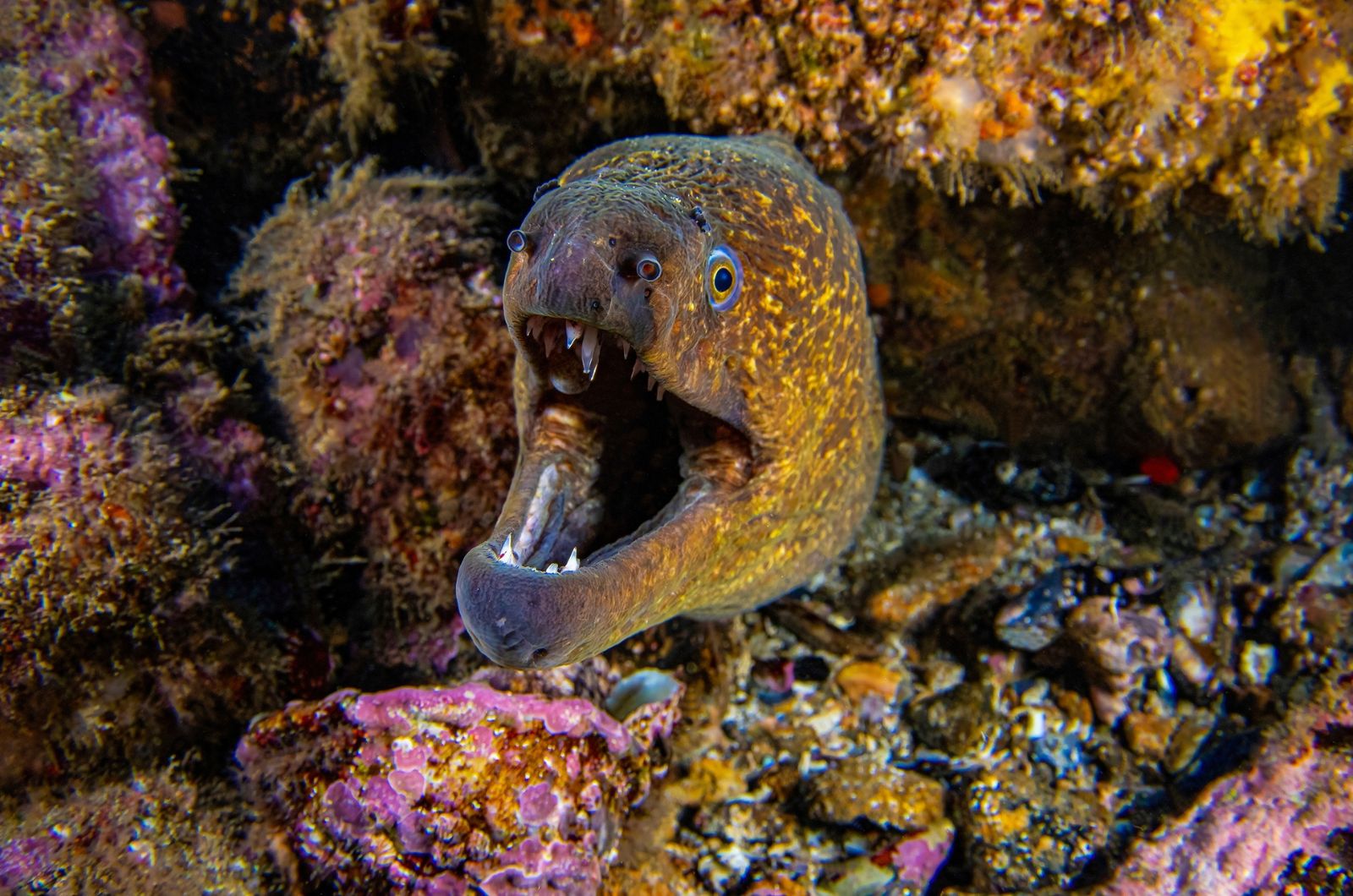
Moray eels are one of the ocean’s most fearsome creatures, with their long, snake-like bodies and toothy grins. These eels typically hide in crevices and reefs, waiting to ambush unsuspecting prey.
Their sharp, jagged teeth are perfect for gripping and tearing into fish and crustaceans. Moray eels are known for their aggression, especially when threatened, and can strike quickly if they feel cornered.
Their unsettling appearance and predatory behavior make them a creature many ocean dwellers fear.




